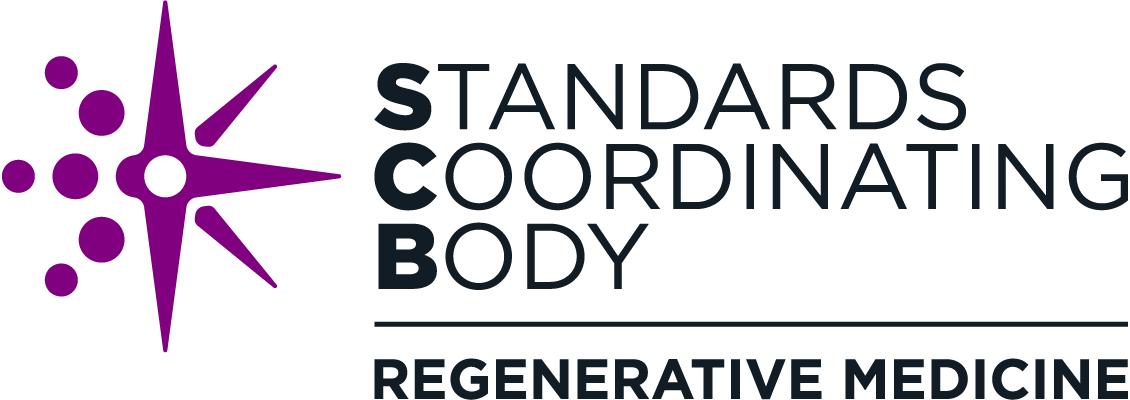ASTM: Standards Development Process
ASTM International is a globally recognized leader in the development and delivery of voluntary consensus standards. Today, more than 12,000 ASTM standards are used around the world to improve product quality, enhance health and safety, strengthen market access and trade, and build consumer confidence.
ASTM Technical Committees
ASTM carries out its standards development work through technical committees made up of more than 32,000 volunteers from industry, government, and academia. These committees evaluate requests for needed standards to ensure they are market-relevant, non-duplicative of existing standards, and have sufficient community support for development.
ASTM Committee F04 on Medical and Surgical Materials and Devices
Develops standards relevant to regenerative medicine in the areas of:
Classification and Terminology for Tissue Engineered Medical Products (TEMPs)—F04.41
Biomaterials and Biomolecules for TEMPs—F04.42
Cells and Tissue Engineered Constructs for TEMPs—F04.43
Assessment for TEMPs—F04.44
Adventitious Agents Safety—F04.45
Cell Signaling—F04.46
ASTM Committee E55 on Manufacture of Pharmaceutical and Biopharmaceutical Products
Develops standards relevant to regenerative medicine in the areas of process control, design, and performance, as well as quality acceptance/assurance tests for the pharmaceutical manufacturing industry.
Standards Development Process
The ASTM standards development process includes 5 major steps:
Initiation of Project: A new Work Item (WK) is accepted to move forward as a standard project.
Standard Drafting: A subcommittee specific to the technical topic area is formed if necessary, and a task group begins work on a standard draft; typically, this occurs at WK stage, but drafting may begin before a work item is officially registered.
Review/Comment: The chairman of the task group shepherds the draft through several rounds of peer review, voting, and revisions to refine it and ensure it reflects a wide spectrum of stakeholder viewpoints.
Final Voting: The draft enters committee ballot (or simultaneous subcommittee/committee ballot) and may receive several rounds of comment and revision before obtaining final approval.
Finalization and Publication: After clearing three levels of ASTM peer review (subcommittee, main committee, and Society), a standard is assigned an alphanumeric designation and formally approved as an ASTM standard.
How You can Join ASTM To Participate
Stakeholders in the broad regenerative medicine community can join ASTM to contribute their perspectives and have direct input into developing standards. New ASTM members can join any subcommittees relevant to their areas of interest or technical expertise and take part in their meetings.
In addition to meetings, ASTM members also participate in the balloting process for standards in development. The balloting process—conducted via mail and email—gives members the chance to vote and comment on potential standards to ensure they are technically sound and aligned with the needs of the individuals and organizations they will impact.
Learn More
Learn more about how SCB works with SDOs
